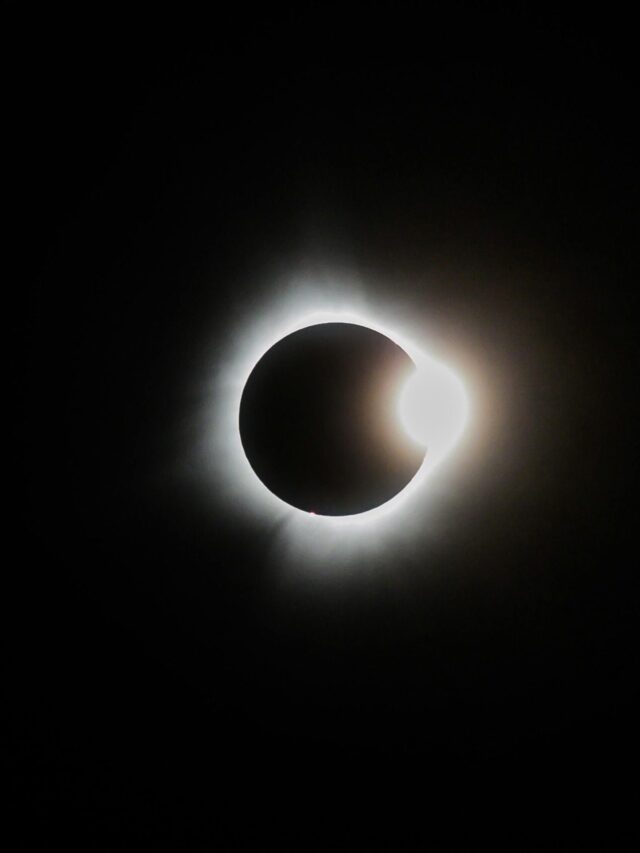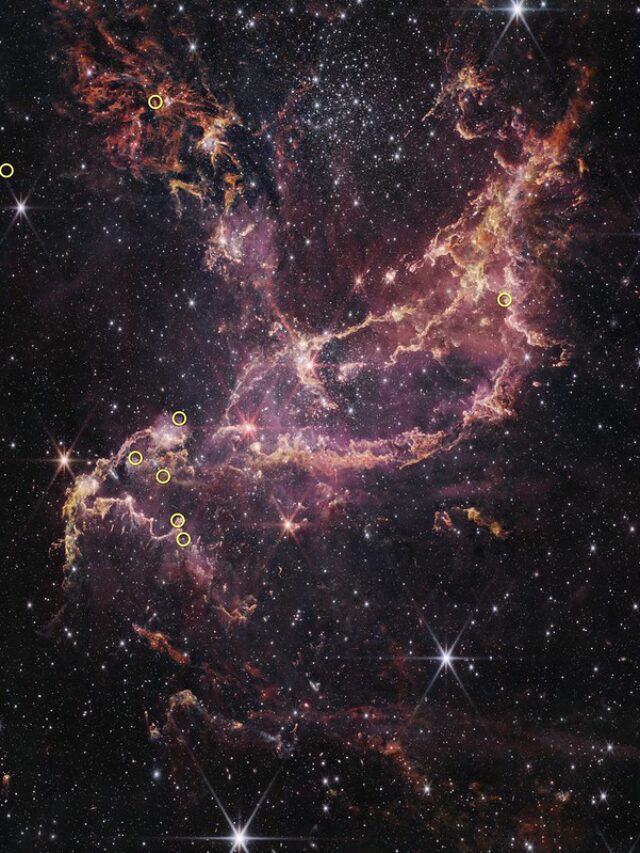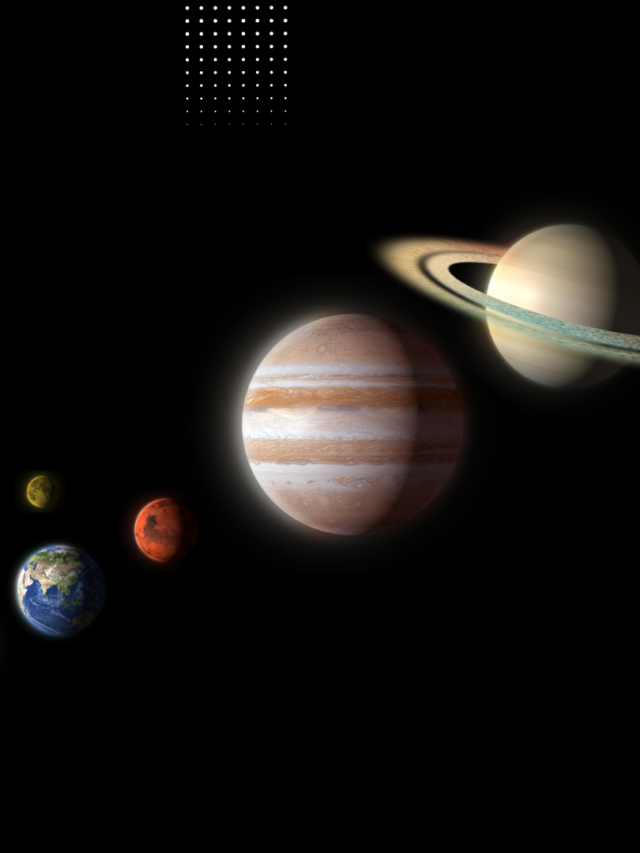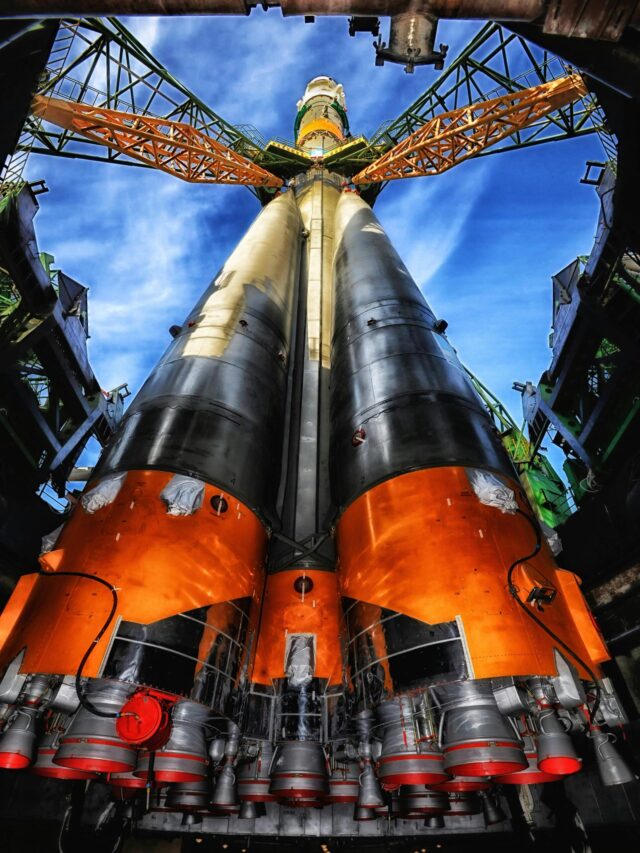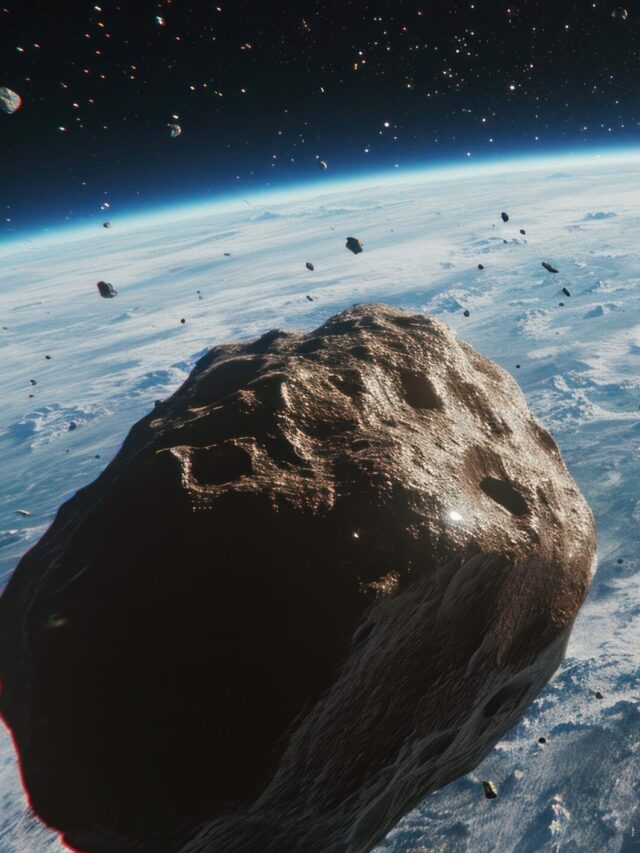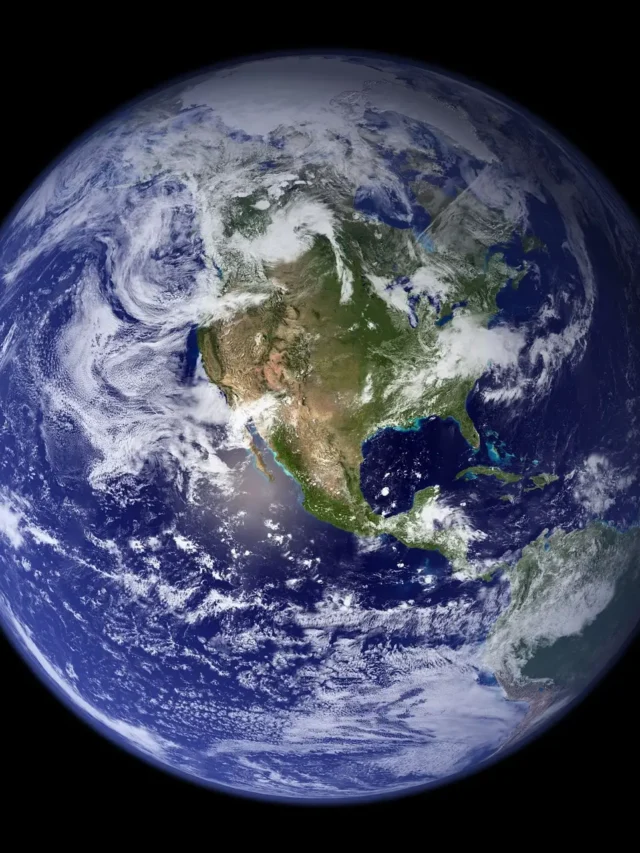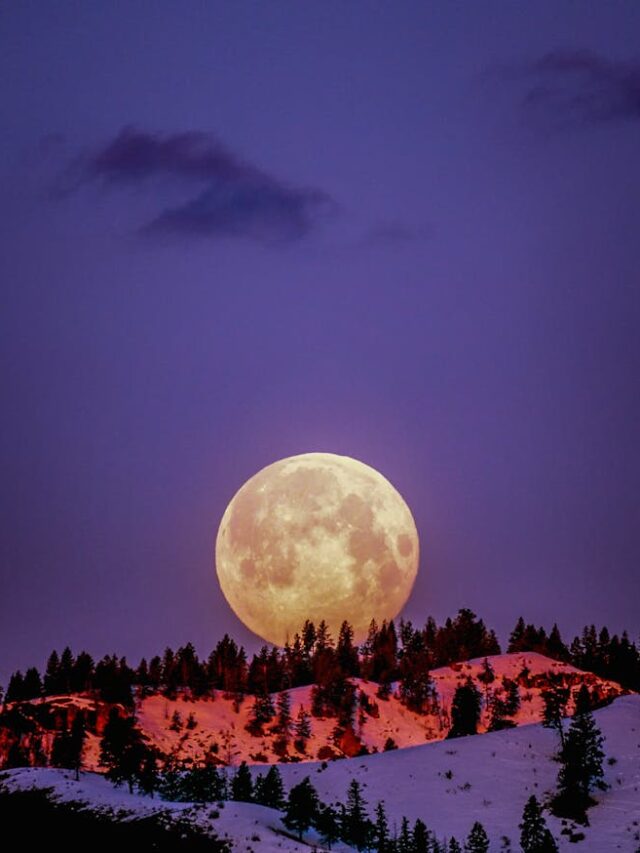Introduction
Is Moon has Water? The Moon has always fascinated humans, but only recently have we seriously considered living there. One major factor influencing lunar colonization is the availability of water. Is there water on the Moon? Can we establish a base there by 2025? Let’s dive into these questions and explore what the future holds.
The Moon: A Brief Overview

The Moon is Earth’s only natural satellite, with no atmosphere, extreme temperatures, and a surface covered in craters and dust. Despite its harsh conditions, scientists have been researching whether it could support human life.
Early Theories About Water on the Moon
For decades, scientists believed the Moon was completely dry. The Apollo missions of the 1960s and 70s found no direct evidence of water. However, advances in technology changed this perspective.
Scientific Discoveries: Evidence of Lunar Water
NASA’s Chandrayaan-1 Discovery
In 2008, India’s Chandrayaan-1 mission detected traces of water molecules on the Moon’s surface using the Moon Mineralogy Mapper (M3).
Lunar Reconnaissance Orbiter Findings
NASA’s Lunar Reconnaissance Orbiter (LRO) found evidence of water ice in permanently shadowed craters at the Moon’s poles.
SOFIA Telescope Observations
In 2020, NASA’s SOFIA telescope confirmed the presence of molecular water on the sunlit side of the Moon.
How is Water Present on the Moon?

Water Ice in Permanently Shadowed Craters
Deep craters near the poles never receive sunlight, allowing ice to remain frozen for millions of years.
Hydrogen and Oxygen Traces in the Lunar Soil
Scientists believe water molecules could be trapped in the lunar soil and chemically bonded to minerals.
READ MORE:Asteroid 2024 YR4 no longer a threat?
Why is Lunar Water Important?
Potential for Drinking Water
If extracted, lunar water could provide a crucial resource for future astronauts.
Fuel Production for Space Missions
Water can be split into hydrogen and oxygen to create rocket fuel, making deep-space travel more feasible.
Supporting Human Habitation
Water is necessary for sustaining life and could be used for growing food and producing breathable air.
Challenges of Extracting and Using Lunar Water

Extreme Temperatures
The Moon’s surface experiences temperature swings from -250°F (-157°C) to 250°F (121°C), making water extraction difficult.
Harsh Radiation and Lunar Dust
With no protective atmosphere, the Moon is bombarded by radiation, and lunar dust can damage equipment.
Technological Limitations
Extracting, purifying, and utilizing water requires advanced technology still in development.
Can Humans Live on the Moon by 2025?
NASA’s Artemis Mission Plans
NASA aims to land astronauts on the Moon through the Artemis program and establish a sustainable presence by the late 2020s.
China’s Lunar Base Aspirations
China is planning a lunar research station, collaborating with Russia to develop long-term infrastructure.
Private Space Companies’ Moon Colonization Efforts
Companies like SpaceX and Blue Origin are exploring lunar habitation as part of their space exploration goals.
Challenges of Living on the Moon
Absence of Atmosphere
With no atmosphere, humans will need pressurized habitats and oxygen supply systems.
Radiation Exposure
High levels of cosmic radiation could pose serious health risks.
Gravity and Health Issues
The Moon’s gravity is only 1/6th of Earth’s, which may lead to long-term health effects.
Solutions for Lunar Settlement

Lunar Habitats and Domes
Scientists are designing inflatable domes and underground shelters to protect against radiation.
Use of Lunar Soil for Construction
3D printing using lunar regolith (soil) could create durable habitats.
Sustainable Energy Sources
Solar panels and nuclear reactors could provide reliable energy for Moon bases.
Role of Water in Lunar Colonization
Water will play a critical role in survival, agriculture, and fuel production for deep-space missions.
Technological Innovations to Support Moon Living
New advancements in robotics, AI, and life-support systems will make Moon colonization more feasible.
Ethical and Legal Issues of Moon Colonization
Who owns the Moon? Space laws and ethical considerations will shape how we utilize its resources.
Future of Lunar Exploration Beyond 2025
Beyond 2025, permanent Moon bases, mining operations, and even space tourism could become a reality.
Conclusion
The Moon does have water, and it is a vital resource for future exploration. While living on the Moon by 2025 is ambitious, major advancements in technology and space exploration could make it possible in the near future.
FAQs
- Is there enough water on the Moon to sustain human life?
While significant amounts of water ice exist, we still need better extraction methods to make it viable for long-term use. - Can we drink lunar water directly?
No, lunar water would need to be purified before being safe for drinking. - How will astronauts extract water from the Moon?
Technologies like ice mining, heating regolith, and chemical processes will be used to extract and purify water. - What is the Artemis program’s goal for the Moon?
The Artemis mission aims to land astronauts on the Moon and establish a sustainable base for future exploration. - Could the Moon become a stepping stone for Mars missions?
Yes, the Moon could serve as a fueling station and testbed for future Mars missions.
